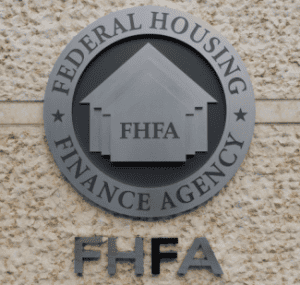Multifamily Housing Properties: 4 Factors to Consider For Green Certification

To help, the post discusses some factors you must consider when choosing a green certification program. Take a look.
1. Certification Cost
Most certification programs, with the exception of Energy Star, involve some amount of fee for the certification. The verifier or the rater involved in the process also charge some fees, which usually varies from $ 100 to $ 400 per unit or more depending on the number of units, the need for allied (testing and consulting) services, and the number of site inspections. You may also have to install extra HVAC units, and opt for advanced air purifying systems for your multi-family housing property, along with some paperwork that may add to the total certification cost. It is, therefore, advisable to do a little homework about the fees involved in the process of green certification.
2. Experienced Contractor
To meet certification requirements, you need to complete an extensive documentation process and may also need to bring several changes to your building’s layout. Opt for a program that most experts in your contractor’s team have already worked on, which in turn equips you with the knowledge of how to proceed. For example, if you’re planning to opt for a LEED certification make sure your contractor team’s include a green rater, who’ll survey the building to ensure that the design conforms with the norms underlined for specific certification. Investors interested in getting an Energy Star certification, must make sure that the team of their contractor has a certified architect and an HERS rater.
3. Property Type and Size
The type of certification you can get for your multi-family building depends on its size and type. For example, LEEDS in most cases certifies new buildings . If you have an existing property, apply for certification only if the building is a mid rise (including four to six stories) and can be inspected by the certifier to check the insulation and moisture barriers. Owners who undertake gut rehab projects that involves peeling off and replacing the plaster of an old building are not eligible for certifications provided by Energy Star Multifamily High Rise Programs. Many certification programs also categorize buildings on the basis of their size and adopt different measures while providing certificates. It is advisable that you research about these parameters and ensure your building conforms to the standards before choosing a particular green certification program.
4. Program Benefits
There are a range of benefits available to owners of green buildings. That said, not all projects qualify for these benefits. Some certifications, for instance help owners realize substantial tax gains, while others may help complete documentation required in many other programs. For example, the documents that you prepare when filing for an HERS certification can also help you apply for federal energy tax credits for low rise multifamily buildings. You must, therefore, evaluate major programs to ensure you get the benefits that you need the most.
Final few Words
No matter, whether you are looking for a green certification program for an existing building or a newly constructed one, it is important that you avail the services of an experienced multi family construction company that can help you evaluate these and other factors to suggest the best certification for your project. Make sure the contractor is well placed to carry out multi-family residential housing construction projects to meet green building certification requirements.
Source: multifamilyinsiders.com















 Accessibility
Accessibility